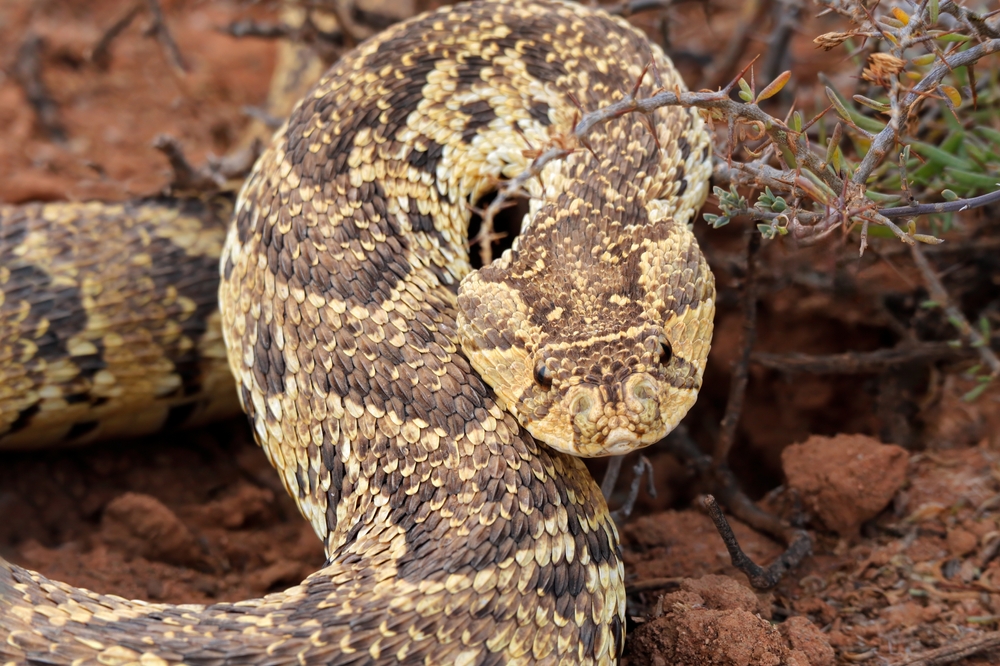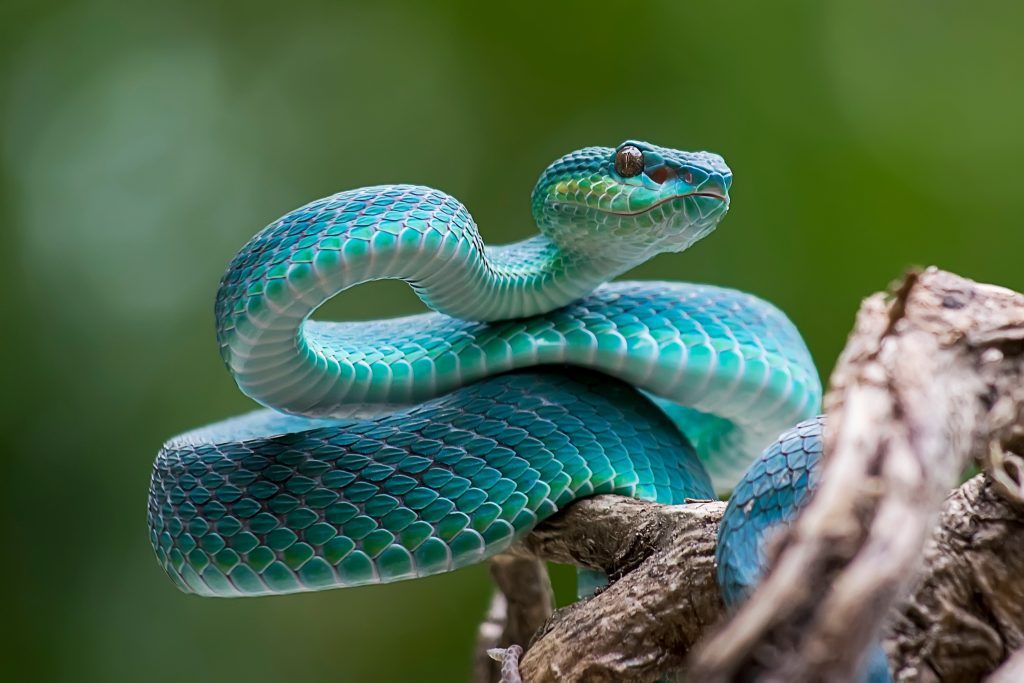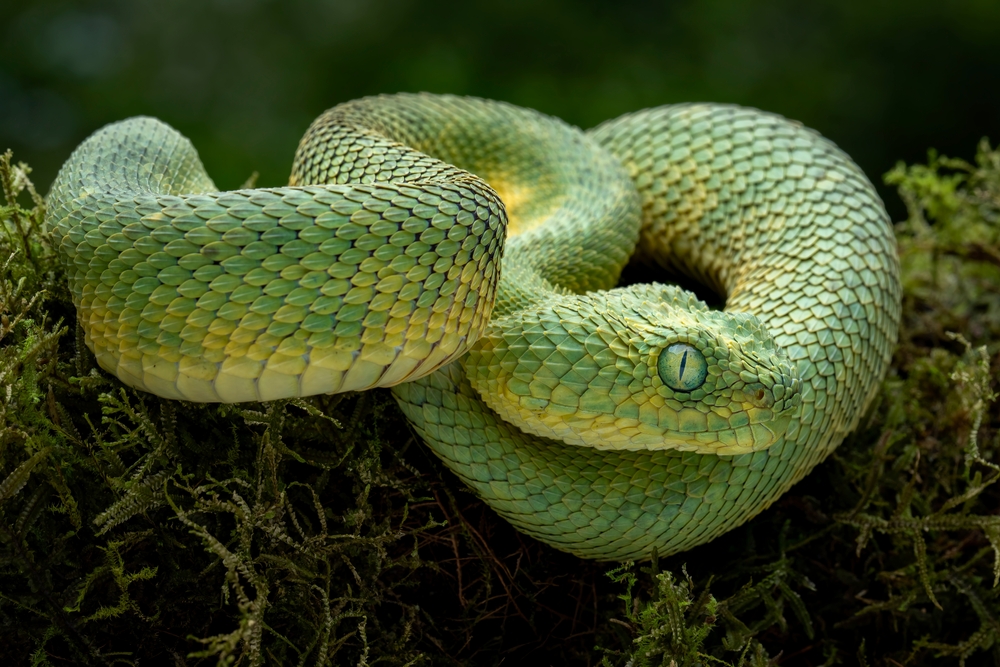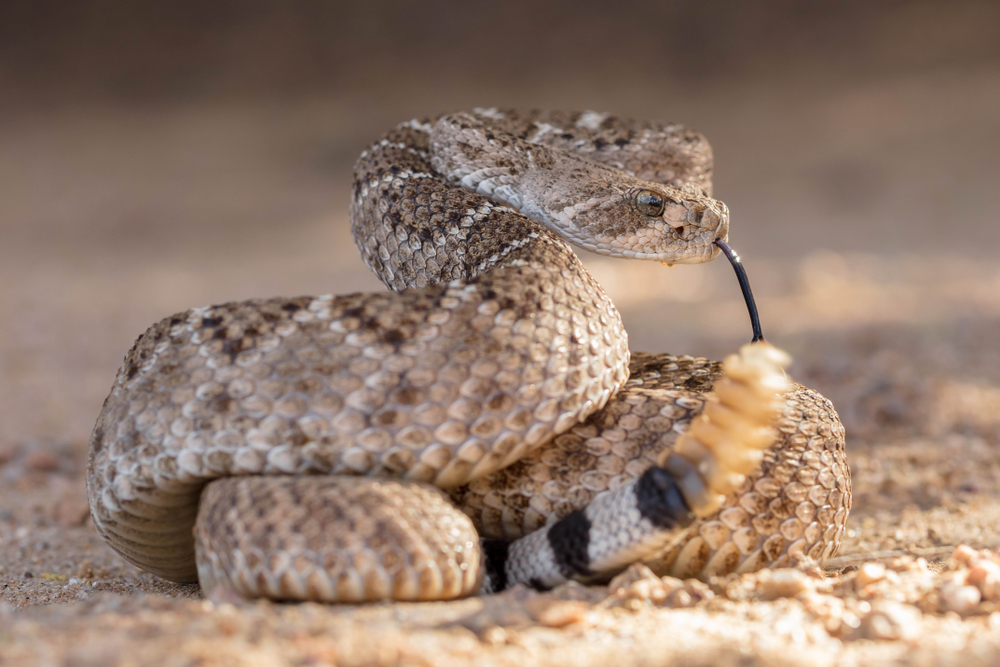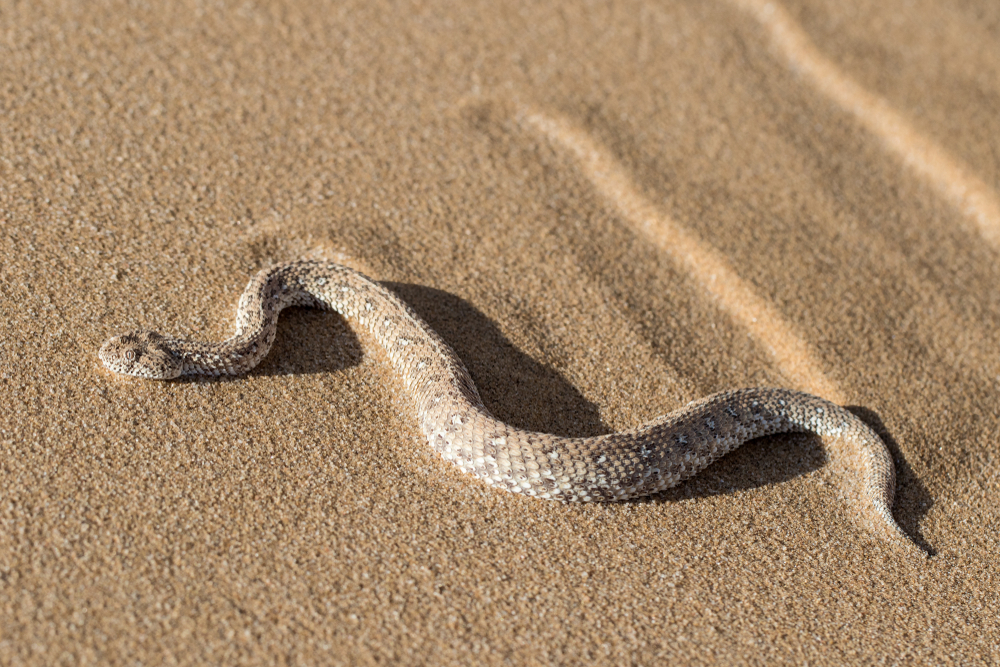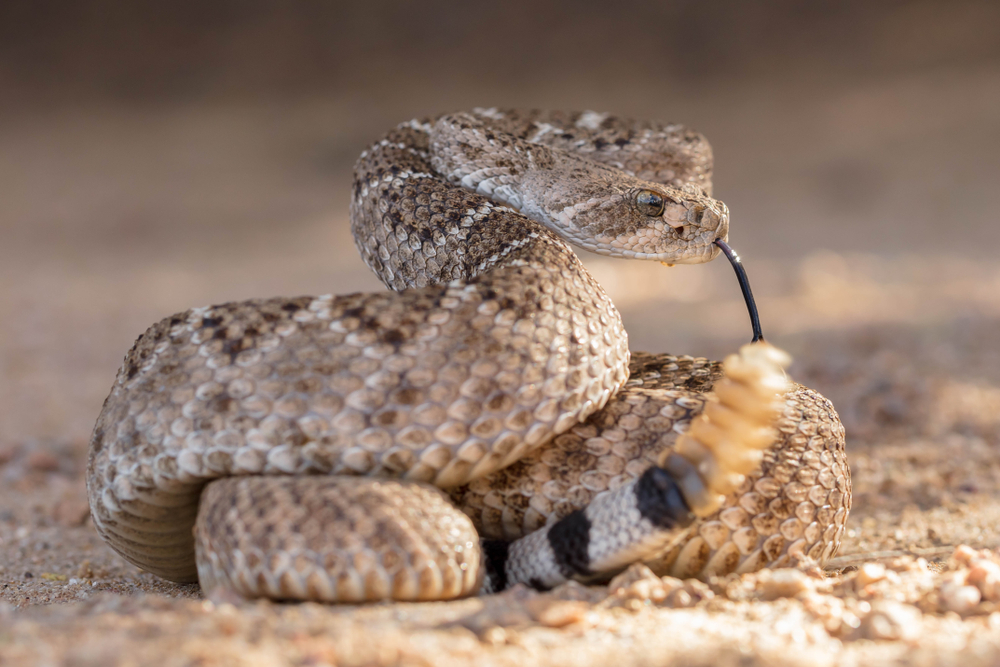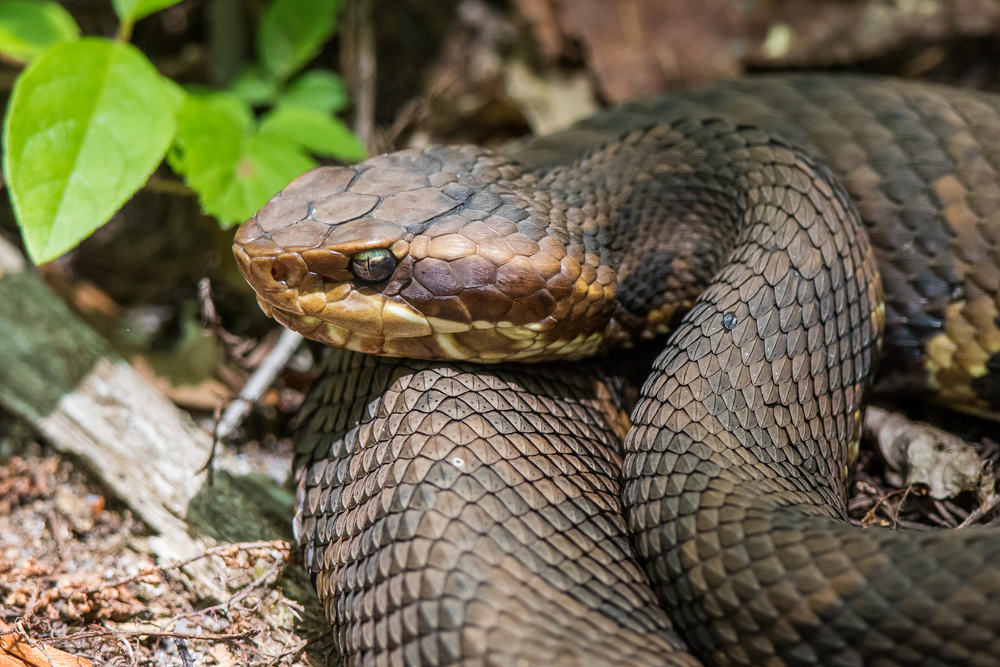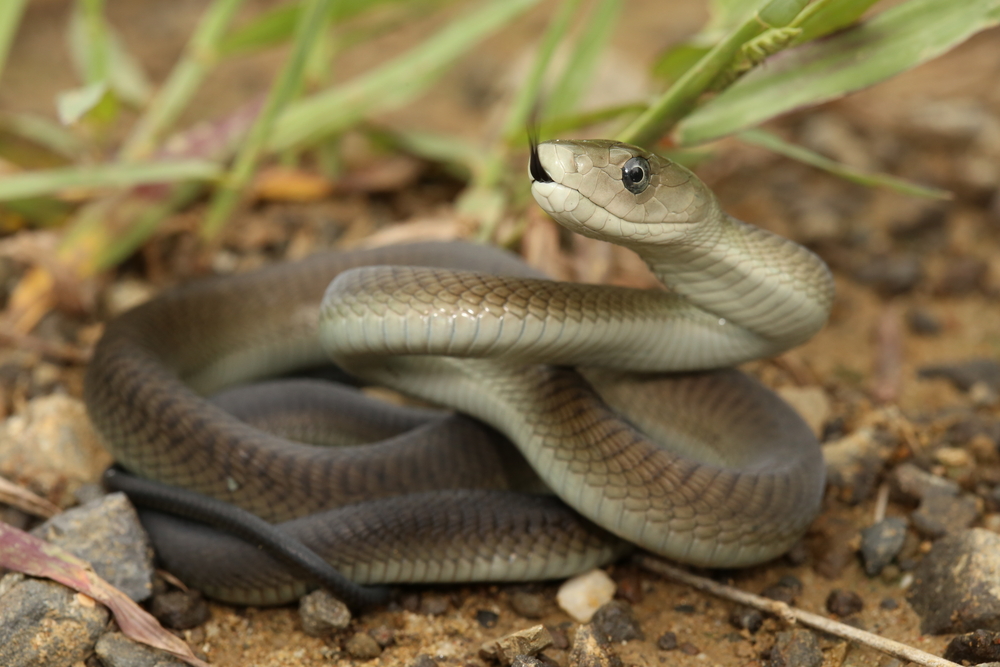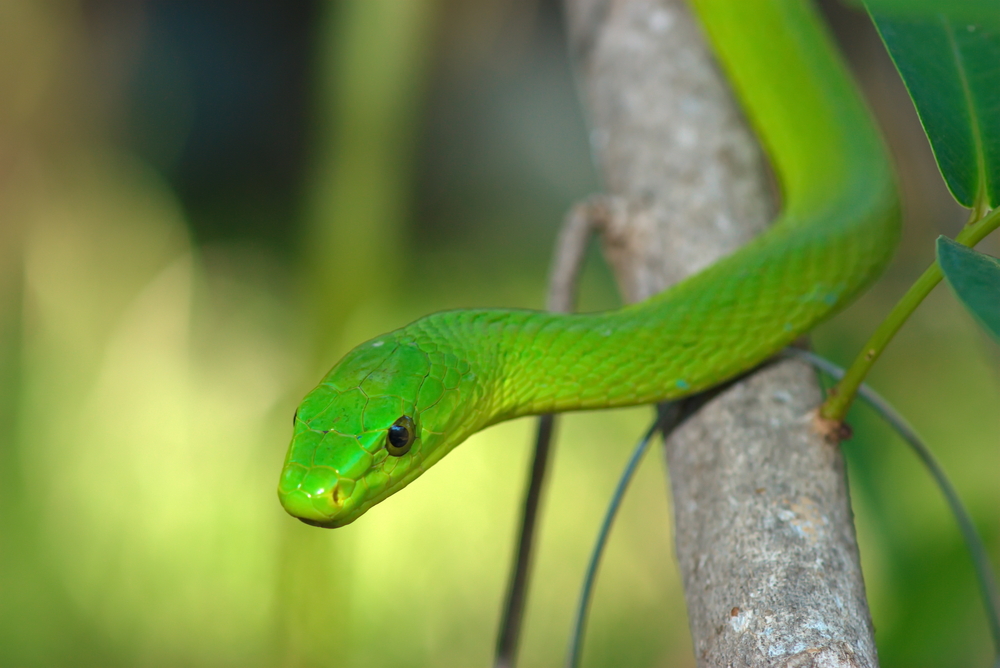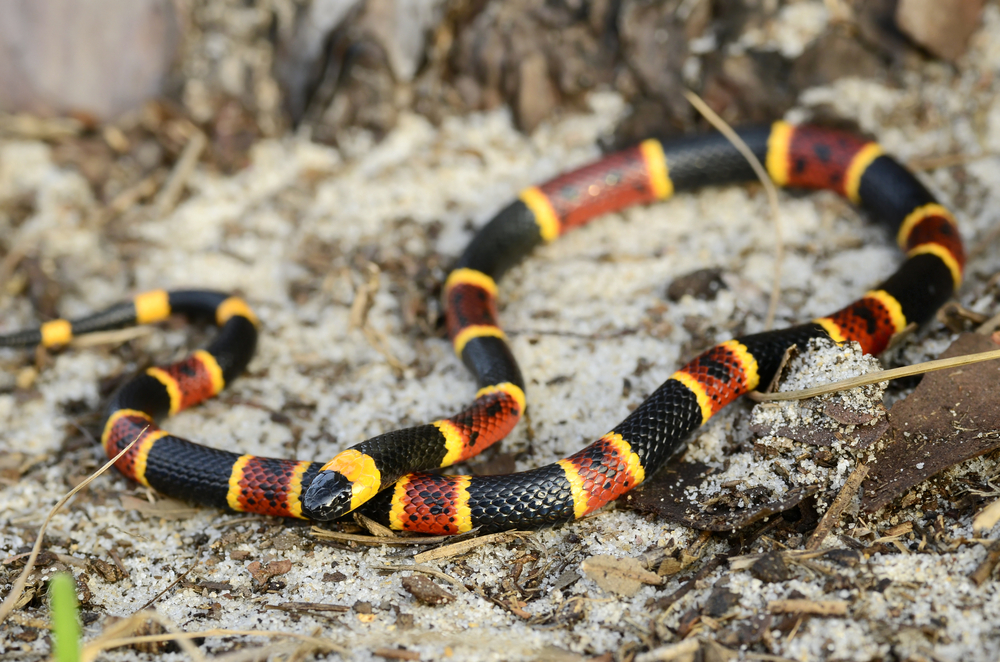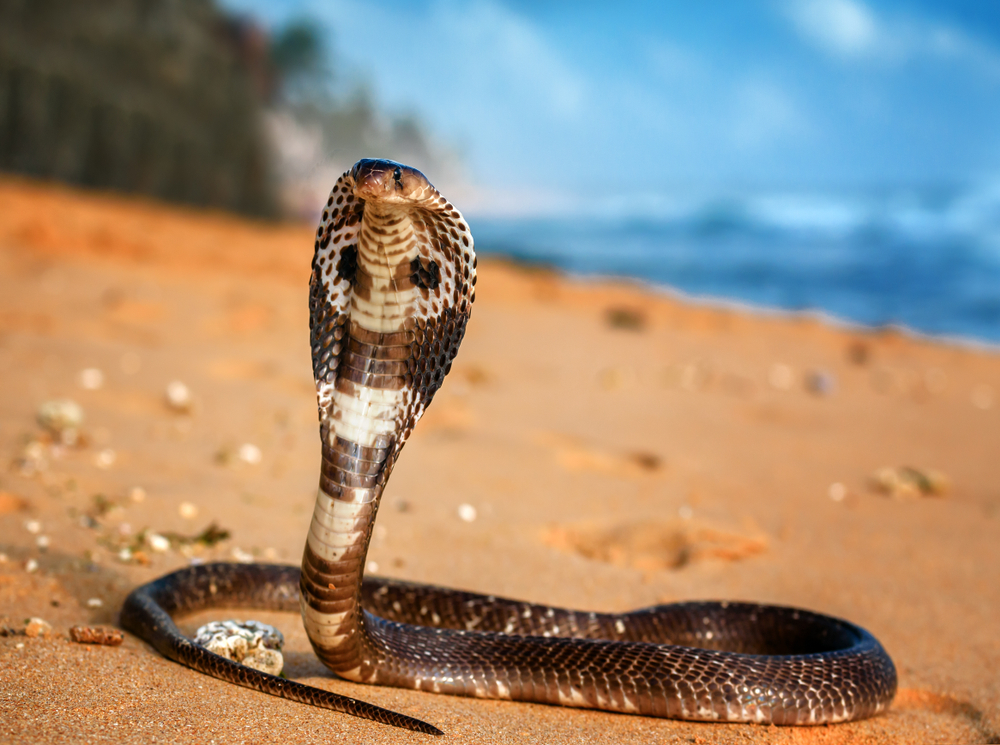Uniqueness
The Puff Adder is one of Africa’s most iconic snakes, known for its lethality, camouflage, and incredible strike speed. Despite its sluggish appearance, it is a top predator and a major contributor to human snakebite incidents due to its stealth and widespread range.
Extremely Fast Strike:
Though slow-moving, the Puff Adder delivers one of the fastest strikes in the snake world—completing the action in a fraction of a second. Its speed and precision make it deadly to prey and dangerous to unsuspecting humans.
Powerful Cytotoxic Venom:
The venom of the Puff Adder is highly cytotoxic, causing extensive tissue damage, swelling, and necrosis. While not the most neurotoxic among vipers, its venom leads to serious medical emergencies, especially in areas with limited healthcare.
Widespread Range and Adaptability:
The Puff Adder is one of the most widely distributed snakes in Africa, found in savannas, forests, grasslands, scrub, and even semi-arid regions. It is remarkably adaptable, thriving in both wild and human-altered landscapes.
Exceptional Camouflage:
Its cryptic color pattern allows it to blend perfectly with leaf litter, dry grass, or dirt, making it almost invisible when motionless. This camouflage, combined with its ambush strategy, makes it both effective as a hunter and difficult to detect.
“Puffing” Defense Display:
The species is named for its distinctive warning behavior: when threatened, it inflates its body and emits loud, explosive hisses (“puffs”) as a deterrent. If this fails, it may strike with little further warning.
High Medical Impact:
Despite not being the most venomous snake, the Puff Adder is responsible for more serious snakebite cases and fatalities in Africa than any other species, largely due to its widespread range, aggressive camouflage, and tendency to freeze rather than flee.
The Puff Adder’s combination of deceptive sluggishness, explosive aggression, and deadly efficiency makes it a uniquely dangerous and fascinating species within the African reptile world.



































































